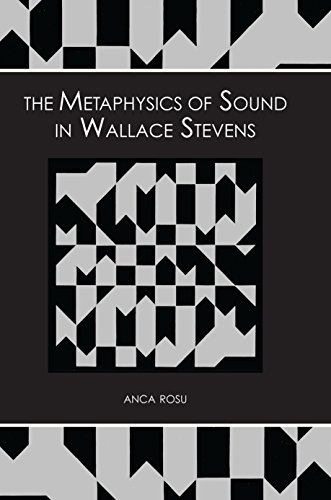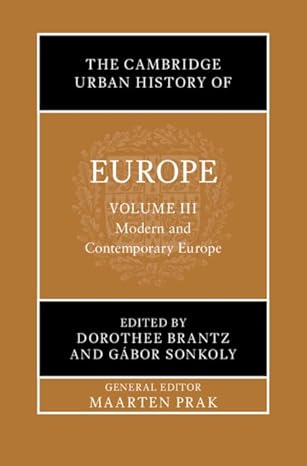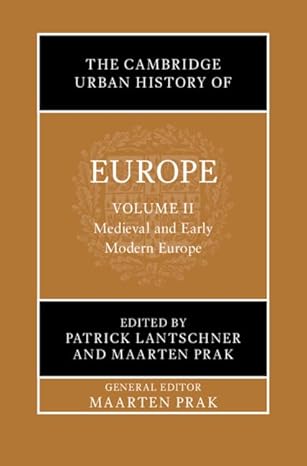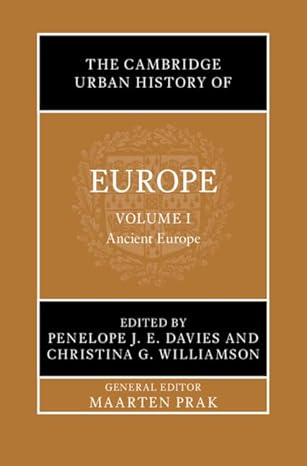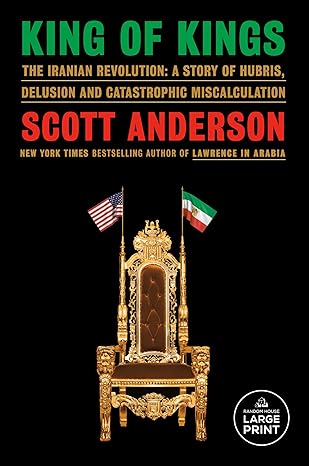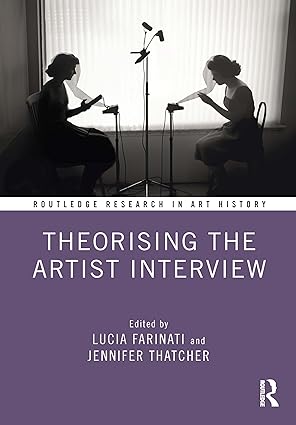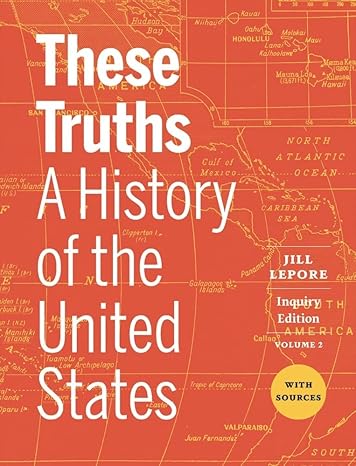Wallace Stevens dedicated his poetry to challenging traditional notions about reality, truth, knowledge, and the role of language as a means of representation. Rosu demonstrates that Stevens's experimentation with sound is not only essential to his poetics but also profoundly linked to the pragmatist ideas that informed his way of thinking about language. Her readings of Stevens's poems focus on revealing the dynamic through which meaning emerges in language patterns—a dynamic she calls "images of sound."
Rosu argues that the formal aspects of poetry are deeply ingrained in cultural realities and are, in fact, generated by their context. The sound pattern pervading Stevens's poems at once addresses and violates the reader's assumptions about the functioning of language and, along with them, ideas about reality, knowledge, and subjectivity. Sound is thus the starting point of an argument concerned with Stevens's epistemology and poetics—the way his poems insist on a movement past or through a normal poetic representation of the world to gesture toward a reality that lies outside or beyond systems of representation.
The relationship between sound and meaning isolated and analyzed in The Metaphysics of Sound in Wallace Stevens is firmly situated among critical debates concerning the poet's aesthetic and philosophical convictions. Rosu claims that Stevens's poetry is not ultimately about the powerlessness of language, nor is it a deconstructive enterprise of destabilizing culturally consecrated truths; rather it achieves meaning most frequently through patterns of sound. Sound helps Stevens make a deeply philosophical point in a language unavailable to philosophers.
چکیده فارسی
والاس استیونز شعر خود را به چالش کشیدن مفاهیم سنتی در مورد واقعیت، حقیقت، دانش و نقش زبان به عنوان وسیله ای برای بازنمایی اختصاص داد. روزو نشان میدهد که آزمایش استیونز با صدا نه تنها برای شاعری او ضروری است، بلکه عمیقاً با ایدههای عملگرایانهای که طرز تفکر او را در مورد زبان نشان میداد، مرتبط است. خوانش های او از اشعار استیونز بر آشکار کردن پویایی که از طریق آن معنا در الگوهای زبانی پدیدار می شود متمرکز است - پویایی که او آن را "تصاویر صدا" می نامد.
روزو استدلال میکند که جنبههای رسمی شعر عمیقاً در واقعیتهای فرهنگی ریشه دوانده است و در واقع توسط زمینه آنها ایجاد میشود. الگوی صوتی فراگیر در اشعار استیونز به یکباره مفروضات خواننده در مورد عملکرد زبان و همراه با آنها، ایده هایی در مورد واقعیت، دانش و ذهنیت را مورد توجه قرار می دهد و آن را نقض می کند. بنابراین، صدا نقطه شروع بحثی است که به معرفت شناسی و شاعرانگی استیونز مربوط می شود - روشی که اشعار او بر حرکتی در گذشته یا از طریق یک بازنمایی شعری عادی از جهان برای اشاره به واقعیتی که خارج یا فراتر از سیستم های بازنمایی است، پافشاری می کنند. div>
رابطه بین صدا و معنا جدا و تحلیل شده در متافیزیک صدا در والاس استیونز در میان بحثهای انتقادی مربوط به اعتقادات زیباییشناختی و فلسفی شاعر جای گرفته است. روزو ادعا میکند که شعر استیونز در نهایت درباره ناتوانی زبان نیست، و نه یک اقدام ساختارشکنانه برای بیثبات کردن حقایق وقف شده فرهنگی است. بلکه اغلب از طریق الگوهای صدا به معنی دست می یابد. صدا به استیونز کمک می کند تا یک نکته عمیق فلسفی را در زبانی که برای فیلسوفان در دسترس نیست بیان کند.
ادامه ...
بستن ...
Ebook details:
عنوان: The Metaphysics of Sound in Wallace Stevens (9780817307974) Anca Rosu
نویسنده: Books
ناشر: University Alabama Press; First edition (September 30, 1995)
زبان: English
شابک: 0817307974, 978-0817307974
حجم: 14 Mb
فرمت: TRU pdf
ادامه ...
بستن ...
